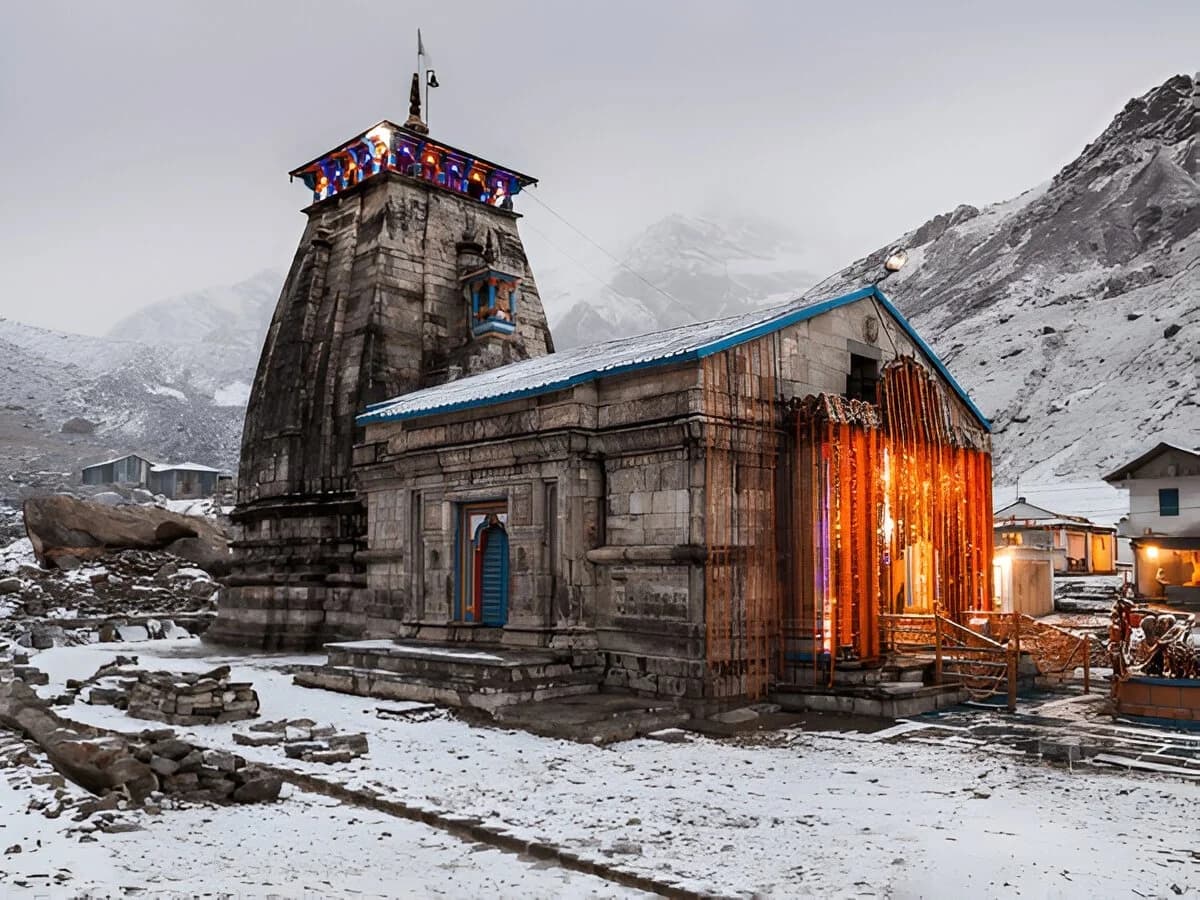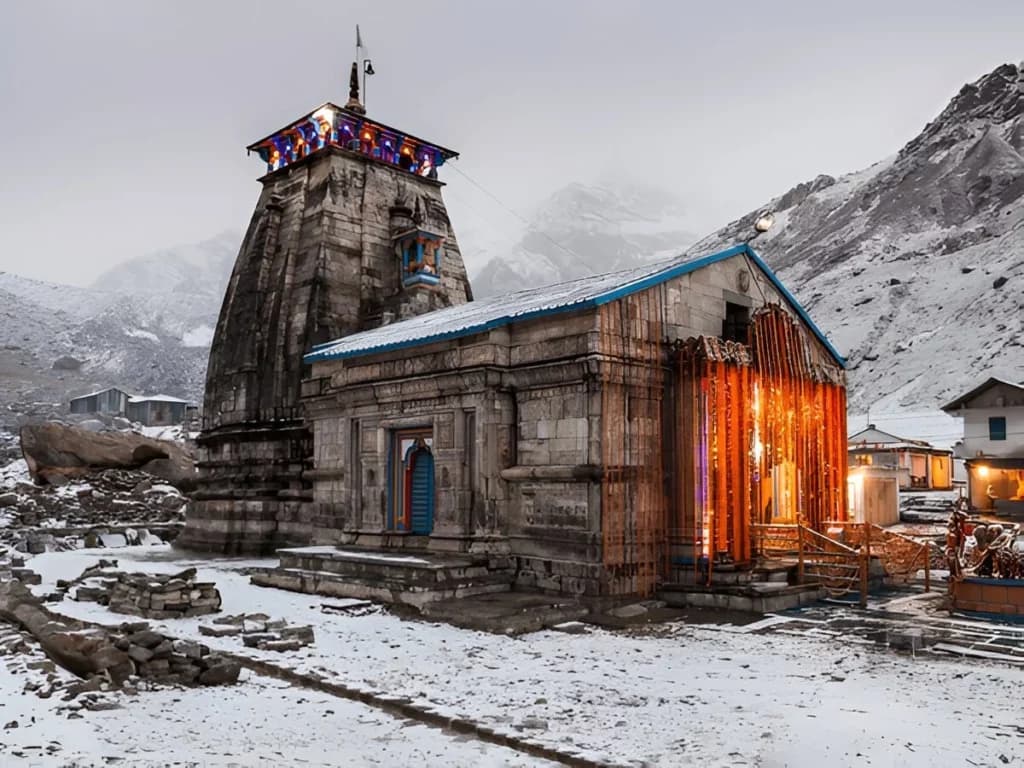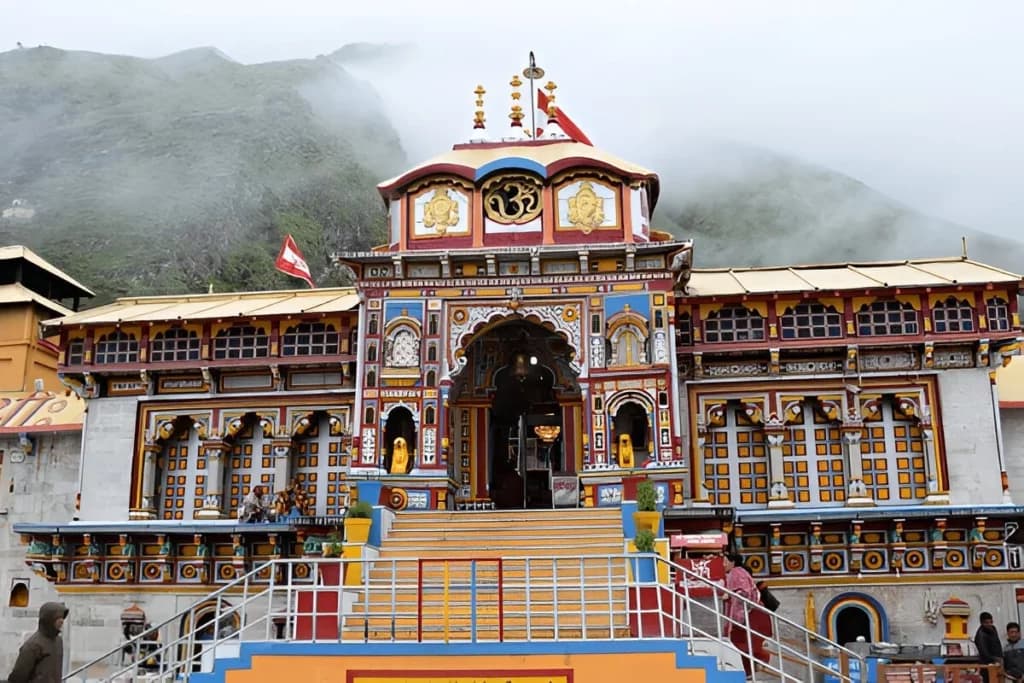
India is known for its deep spiritual roots, and the Char Dham pilgrimage is one of the most sacred journeys for Hindus. It is located in the Himalayas, This yatra covers four holy temples: Yamunotri, Gangotri, Kedarnath, and Badrinath. Completing this pilgrimage is believed to wash away sins and bring salvation. Whether for faith or adventure, Chardham Yatra packages offer a truly unforgettable experience.
But beyond its religious importance, this journey also takes you through some of India’s most stunning landscapes. If you’re planning to visit, this guide will help you understand the significance of each place, offer travel tips, and give you an idea of what to expect.
The Char Dham temple circuit is considered the holiest pilgrimage in Hinduism, and every year, thousands of devotees make their way to these sacred places. The four temples represent different deities and have unique religious significance:
Pilgrims believe that visiting all four temples grants them moksha (liberation). But let’s be real between the long treks, unpredictable weather, and crowds, it’s also a test of patience and endurance!
The best time to visit Char Dham is between May and October. During winter, heavy snowfall forces the temples to close. The summer months offer pleasant weather, making the pilgrimage more comfortable. However, monsoon season (July to September) can be tricky due to landslides.
If you want to avoid large crowds and long queues, try visiting in May or September. Trust us, standing in a long line at high altitudes is not the kind of spiritual test you want!
Each Chardham yatra temple’s location has something unique to offer, both spiritually and visually.
1. Yamunotri Temple

Your spiritual journey begins at Yamunotri, where the sacred Yamuna River originates. The temple is perched at 3,293 meters above sea level, requiring a trek of around 6 km from Janki Chatti. While the journey may be tiring, the stunning views and the warmth of Surya Kund (a natural hot water spring) make it worth it.
Pilgrims offer rice and potatoes wrapped in cloth, which gets cooked in the hot springs and is later taken as prasad (holy offering). Who knew your first stop on this sacred trip would involve a natural pressure cooker?
2. Gangotri Temple

The next stop is Gangotri, located at an altitude of 3,100 meters. This temple is dedicated to Goddess Ganga, the lifeline of India. According to mythology, King Bhagirath’s penance brought the Ganga from the heavens to Earth.
The sound of the river flowing alongside the temple creates a serene and meditative atmosphere. However, dipping your feet in the freezing water? That’s a different kind of spiritual awakening!
3. Kedarnath Temple

One of the most significant and physically challenging parts of the Char Dham temple pilgrimage is Kedarnath. The temple, dedicated to Lord Shiva. Kedarnath Temple is located at 3,583 meters and requires a 16 km trek from Gaurikund. Some opt for ponies or palanquins, while others prefer to hike and truly test their endurance.
Kedarnath’s beauty is unmatched. Snow-capped peaks, peaceful surroundings, and the divine energy of the temple make the strenuous trek worthwhile. After completing this journey, you’ll feel both spiritually blessed and physically exhausted!
4. Badrinath Temple

The last stop of the Char Dham Mandir Yatra is Badrinath Dham, the abode of Lord Vishnu. The temple’s vibrant architecture, combined with the surrounding mountains, makes it a breathtaking sight.
Pilgrims take a dip in Tapt Kund, a hot water spring believed to have medicinal properties. Mana Village, the last Indian village before Tibet, is also nearby, adding an extra adventure to your trip.
Also, be prepared for unexpected situations. Pilgrimage trips can be unpredictable—you might find yourself stuck behind a group of singing devotees, or you could witness a monkey snatching someone’s prasad!
The Char Dham temple pilgrimage is more than just a religious journey. It’s a test of endurance, patience, and faith. Whether you are a devoted pilgrim or a traveler seeking a meaningful adventure, this journey has something to offer. The spiritual energy, breathtaking scenery, and shared devotion among fellow travelers create an experience like no other. And let’s not forget the incredible local food along the way because nothing tastes better than hot aloo parathas after a long trek!
Exploring on the Char Dham temple yatra is an experience of a lifetime. From the sacred waters of Yamunotri and Gangotri to the majestic Kedarnath and peaceful Badrinath, this journey blends devotion, adventure, and self-discovery. So, get ready for a pilgrimage filled with spiritual enlightenment, awe-inspiring landscapes, and maybe even a few unexpected adventures along the way!
What is Char Dham?
A. Char Dham is a set of four sacred Hindu pilgrimage sites in India: Badrinath, Dwarka, Puri, and Rameswaram. These sites hold great religious significance and are believed to help devotees attain moksha (salvation). Established by Adi Shankaracharya, Char Dham attracts millions of pilgrims every year.
What are the Chota 4 Dham Temples in India?
The Chota Char Dham in India refers to four sacred pilgrimage sites in the Garhwal region of Uttarakhand. These are:
Why is Kedarnath not in Char Dham?
A. Kedarnath is not part of Char Dham because it belongs to the Chota Char Dham in Uttarakhand. The Chota Char Dham includes Yamunotri, Gangotri, Kedarnath, and Badrinath. While Kedarnath is a major Hindu pilgrimage, it is not among the four main Char Dham established by Adi Shankaracharya.
Also Checkout – Things To Do in Char dham
Must Visit – Places To VIsit in Char Dham